10 Commonly Used Semiconductor Devices in Board Level Electronics

More from the Category
Semiconductor devices are fundamental to the operation of electronic circuits, serving as the building blocks for countless applications across the tech landscape. In this article, we’ll explore ten of the most used semiconductor devices, examining how they function within electronic circuits, their key characteristics, and their pros and cons. Whether you're just starting out or are a seasoned engineer, this guide offers practical insights into the role these components play in board-level electronics
What Are Semiconductor Devices?
Semiconductor devices are electronic components that use the flow of electrons in a semiconductor material to perform various functions, such as switching, amplification, and signal processing. These devices are essential in modern electronic circuits and are used in a wide range of applications, including computers, smartphones, appliances, and industrial control systems.
Categories of Semiconductor Devices
There are two main categories of semiconductor devices:
Diodes: Two-terminal components that allow current to flow in only one direction. Commonly used for rectification.
Transistors: Three-terminal components capable of amplification and switching functions in analog and digital circuits.
The Top 10 Most Used Semiconductor Devices
Diodes
A diode is a two-terminal device that allows the flow of current in only one direction. It consists of a p-type and n-type semiconductor, which are joined together to form a junction. When a voltage is applied to the diode in the forward direction, the p-type semiconductor allows electrons to flow, while the n-type semiconductor allows holes to flow. This results in a current flow through the diode. Supplying hundreds if not thousands of volts at hundreds if not thousands of amperes worth of current!
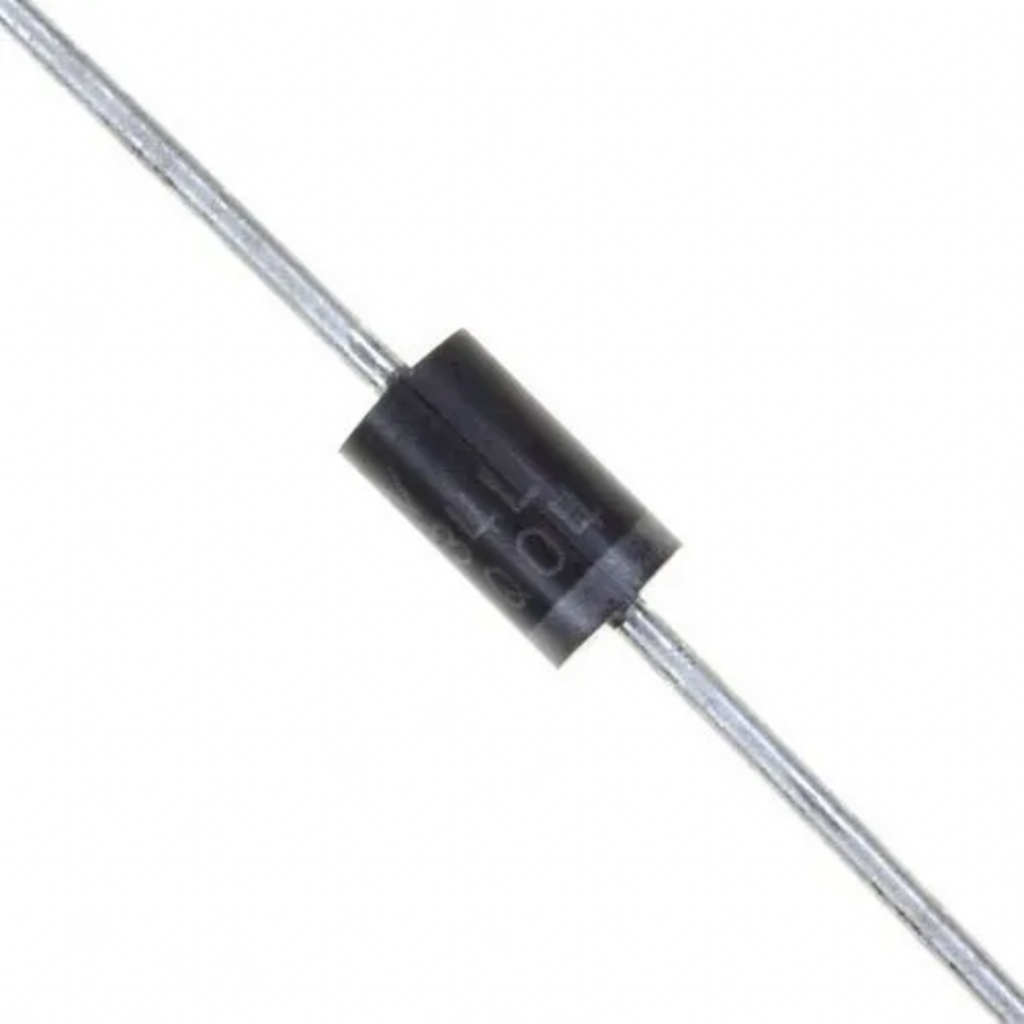
Light-Emitting Diodes (LEDs)
LEDs are two-terminal devices that emit visible light when current is applied through them. Depending on the application requirements, they can be used for indicator lights, backlighting displays, or even lighting up rooms.
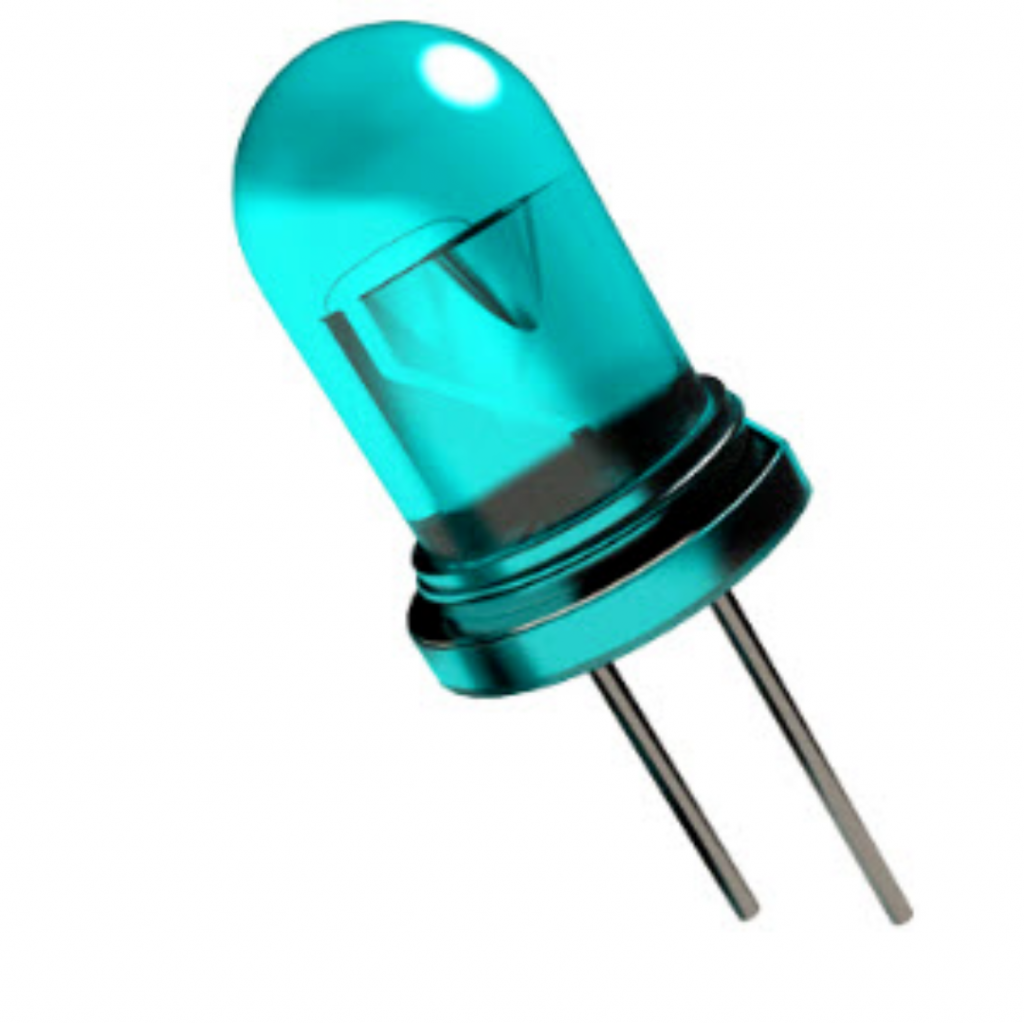
Photodiodes
Photodiodes are two-terminal devices that generate an electrical current when exposed to light energy or radiation from other sources such as X-rays or lasers. These types of diodes can be used in optical sensing applications such as barcode readers and fingerprint scanners.
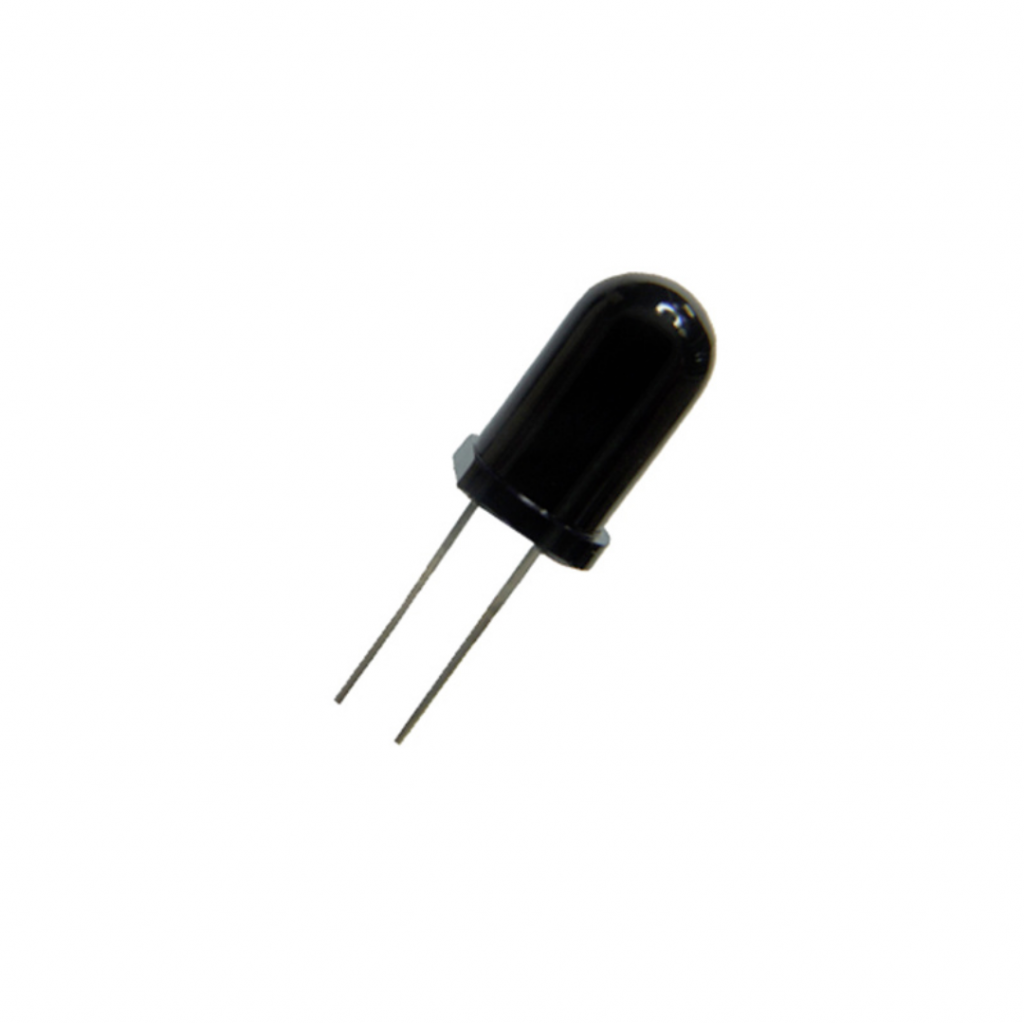
Optocouplers
Optocouplers consist of an LED coupled with a photodiode. They allow the transfer of information between circuits without a direct electrical connection, making them ideal for isolating sensitive circuitry from potentially dangerous input signals while maintaining reliable data transmission accuracy and integrity.
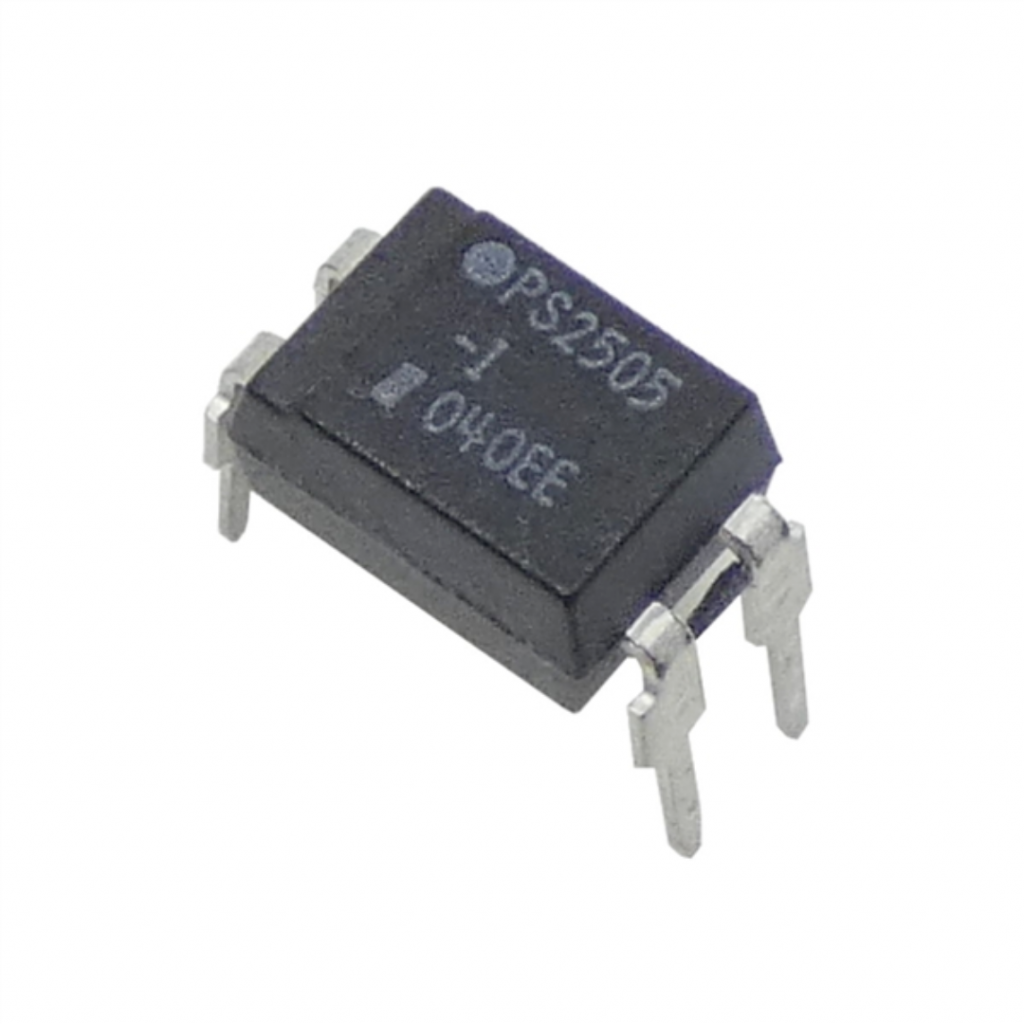
Transistors
A transistor is a three-terminal electronic device that can amplify or switch electronic signals. It is used in a wide variety of electronic circuits, including amplifiers, switches, and power supplies.
· Bipolar Junction Transistors (BJTs): BJTs are transistors with three terminals. They can be used as a switch, amplifier, or oscillator, depending on how they are connected to other components
· Field-Effect Transistors (FETs): FETs have three terminals and operate similarly to BJTs but with different electrical characteristics. Due to their low power consumption and high gain capability, they can be used as switches or amplifiers in board-level electronics applications.
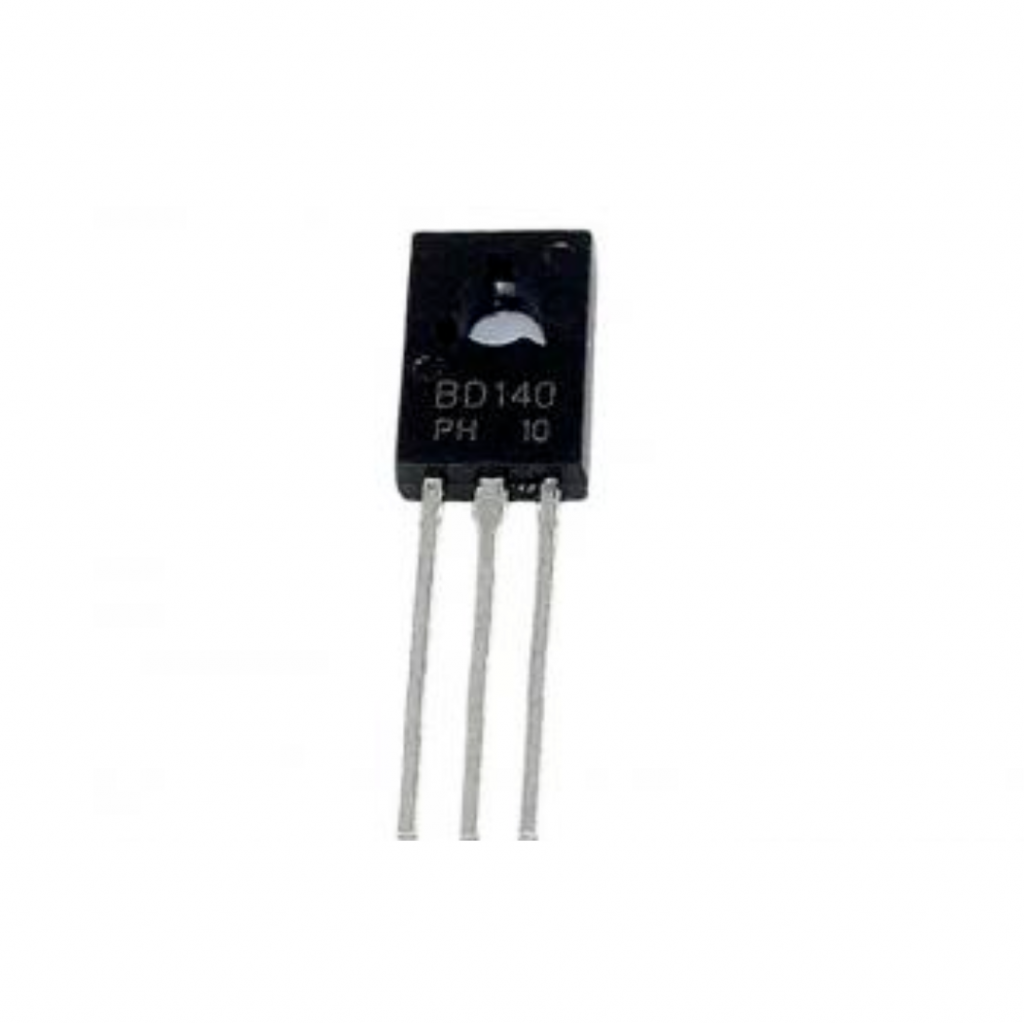
Thyristors
Thyristors are four-terminal semiconductor devices that can control large amounts of power flow by simply turning them on or off without any external control signals. They can be used in AC/DC conversion circuits, motor speed control circuits, and many other applications where large amounts of power must be controlled quickly and accurately.
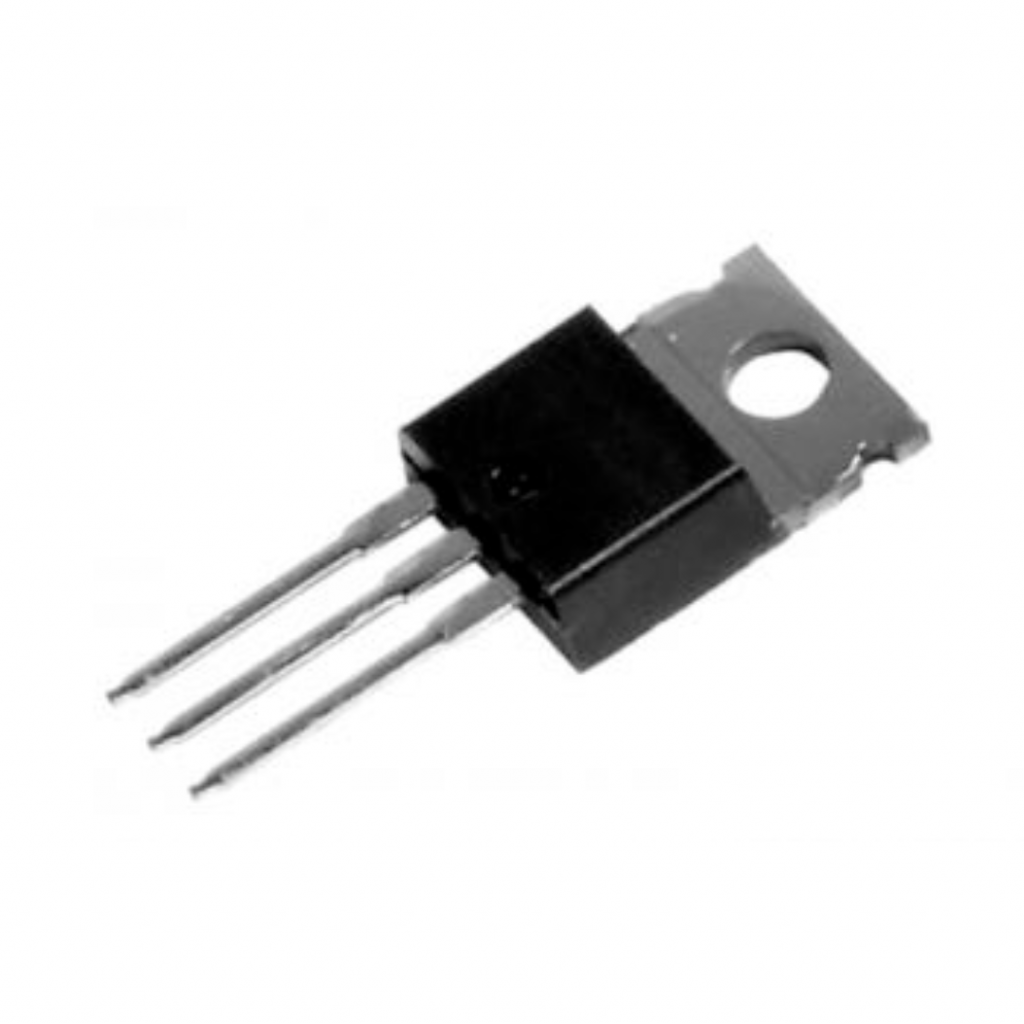
Integrated Circuits
Integrated Circuits are chips that integrate multiple transistors, diodes, and other components into a single semiconductor package. They are used for processing, memory, and control functions. Two key types include:
· Microprocessors: Microprocessors are CPUs that execute instructions from software. Classified by bit-width (e.g., 32-bit or 64-bit), microprocessors are the brains behind modern computers and smart devices.
· Field Programmable Gate Arrays (FPGAs): FPGAs consist of configurable logic blocks and interconnects that can be programmed after manufacturing. They are ideal for flexible applications, such as prototyping and low-volume production.
ICs offer several advantages over discrete components, including smaller size, higher reliability, and lower cost. However, they also have some limitations, such as longer design times and lower flexibility. Overall, ICs are a vital component in modern electronic systems and continue to play a crucial role in the advancement of technology.
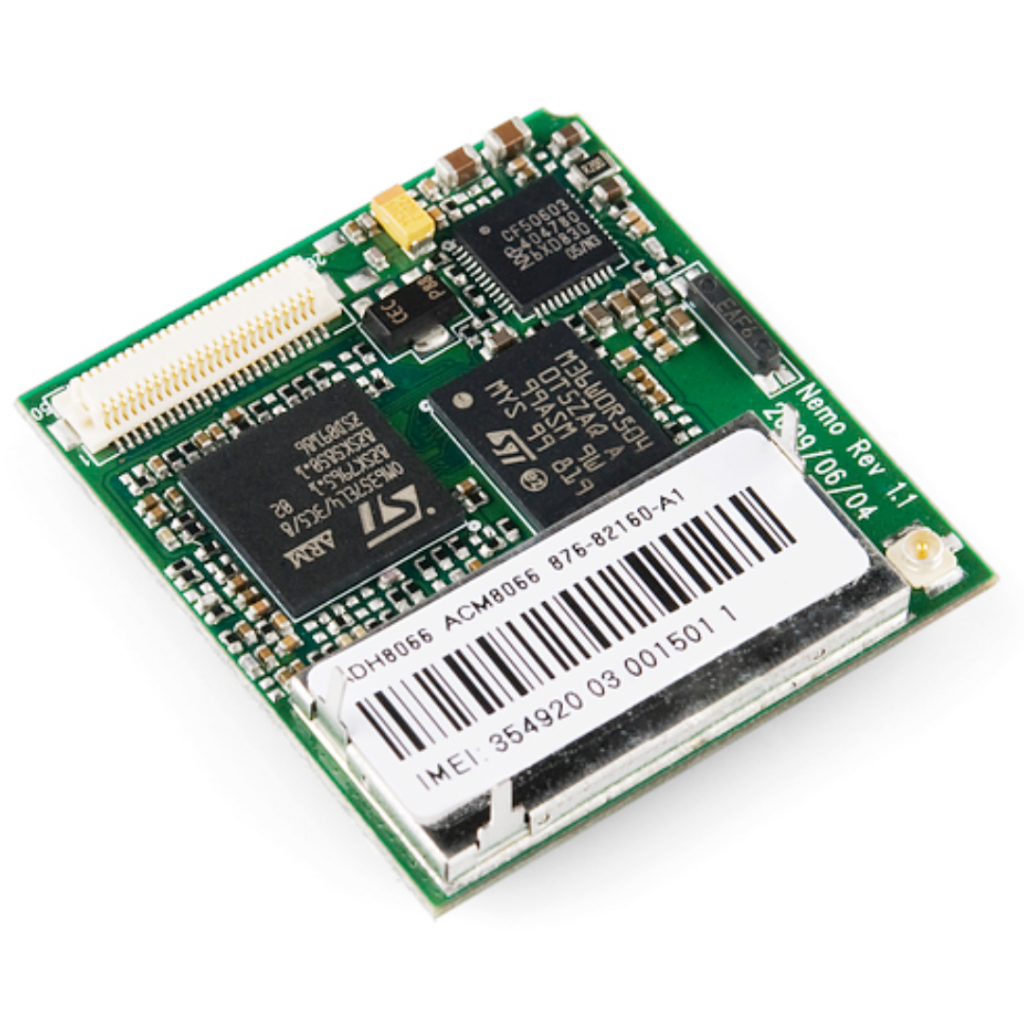
Partner with Microchip USA
Semiconductor devices are indispensable to electronic circuit design, offering a wide range of functions that make them suitable for everything from signal processing to power management. In this article, we explored ten of the most commonly used semiconductor devices and their key characteristics. A strong understanding of these components is essential for designing reliable systems and solving circuit-level challenges. When it comes to sourcing high-quality board-level components, Microchip USA delivers—with a reliable inventory and the support you need to power your next project with confidence. Contact us today!